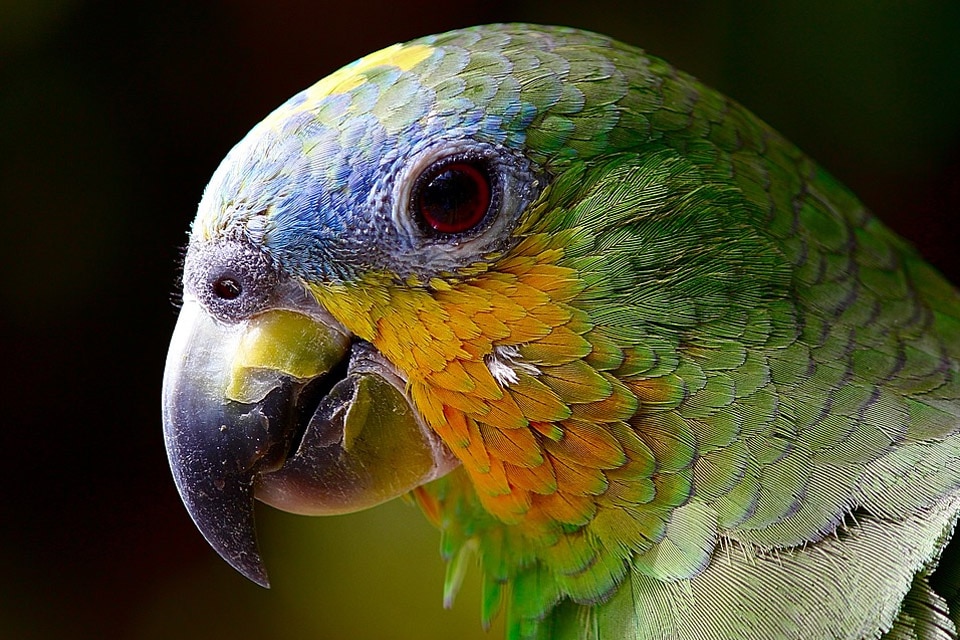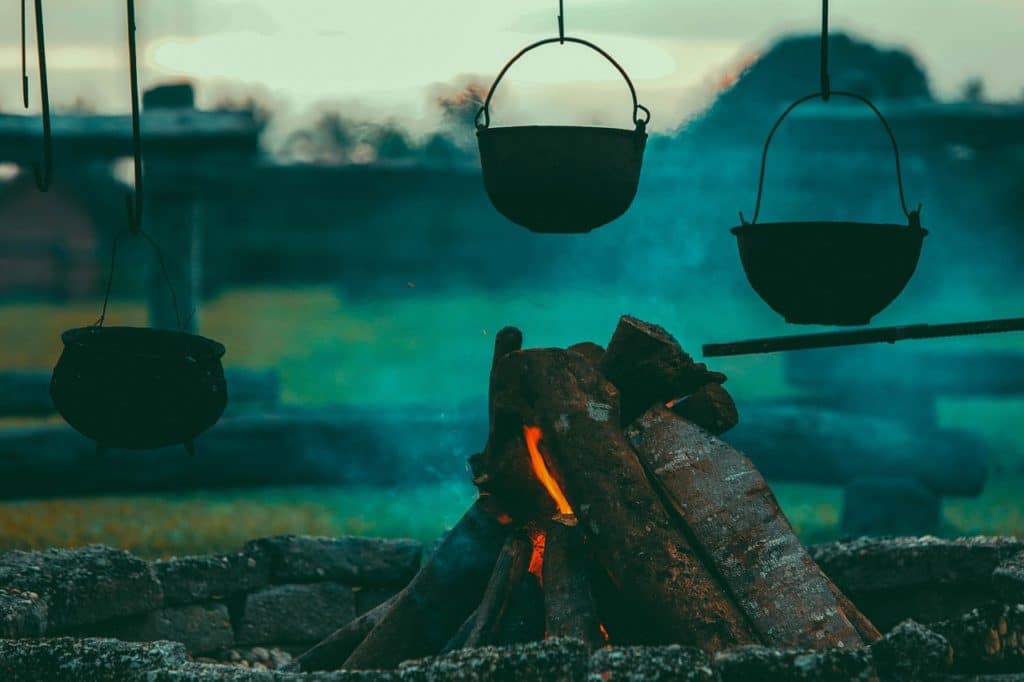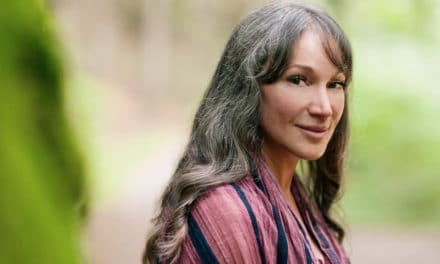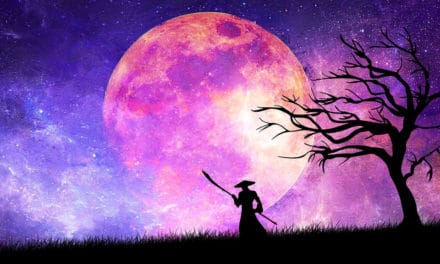
Brad Adams is an ayahuasca researcher, the founder of the Los Angeles Medicinal Plant Society (LAMPS), and the organizer behind the upcoming Los Angeles Psychedelic Science Symposium (LAPSS). We spoke with him recently about his ayahuasca pilot study with Charles Grob and Dennis McKenna into the jungle brew’s effects on psychiatric distress and the participants’ views on life and death.
Thanks for speaking with us again, Brad. Your ayahuasca research with Charles Grob and Dennis McKenna in the Sacred Valley looks fascinating. Can you give us an overview of your ayahuasca pilot study in Peru?
When I first got interested in ayahuasca research, I was working at UCLA and we would get emails all the time about research advances in various fields of medicine. I got an email blast about Charles Grob’s work at Harbor-UCLA using psilocybin with terminal cancer patients facing anxiety related to their diagnosis. It was a pilot study so they only had a dozen or so participants, but each one had pretty amazing results. So I contacted Charlie immediately and expressed interest in volunteering to help him with his research.
When I eventually went down to Peru, I had a conversation with him and expressed an interest in doing research with ayahuasca in the United States. We talked about some ideas, and I reached out to Dennis McKenna to see if he would be interested as well. The three of us had a conversation, and Dennis brought up that he wasn’t that interested in doing research in the US because of the length of time it takes to get approval from the necessary agencies to do this kind of research project. It’s hard enough to do it with cannabis or psilocybin, and its even more complicated to do it with something like ayahuasca, which is a combination of two plants with or without various admixtures, so I think it will be a while before we get some studies in this country approved.
Dennis also had contacts in the Sacred Valley of Peru where people were doing ayahuasca three times a week at a retreat center, and we came up with the idea of using that as a place to do a pilot study. I loved the idea, so we got the necessary approvals to administer questionnaires. We went down there and got certain measures together, like the SCL-90 which addresses nine different areas of psychiatric distress including depression, anxiety, hostility and so forth. Then we had another measure for existential factors based on the work of Viktor Frankl, whom many people know from his book Man’s Search for Meaning where he wrote about his experience in concentration camps in World War II. Someone took his work and translated it into a questionnaire where they measured thing like sense of meaning and purpose in life, “life cohesion” (how much a person feels like their story makes sense), and death acceptance/fear of death. We thought that would be an interesting thing to look at, since there isn’t a lot of research studying those aspects.
We got measures before the first ayahuasca ceremony, after the first ceremony, at the end of the retreat, and then we got follow-up measures at 3 months and 6 months afterwards. We felt it was important to get longitudinal data of this sort because there isn’t an awful lot out there for this research. For example, we have someone who will be presenting at LAPSS whose ayahuasca research found that the antidepressant effect was pretty significant after ayahuasca use, but they didn’t see if it lasted longer than two weeks. So we wanted to see if this was something more like ketamine, where results can be long-lasting but typically don’t last longer than one or two months, or whether this was more like psilocybin where effects could last significantly longer.
Long story short, we found that there is a stepwise progression over time in terms of improvement for these psychiatric symptoms. For example, depression levels dropped immediately after the ceremony, but they also continued to drop at the 3 month and 6 month time points- which is very exciting news, because it shows that this wasn’t just a flash in the pan; it was something that seemed to have progressively improving scores over time. I want to stress that this is based on a relatively small number of patients, and there are certain statistical issues that should be addressed in terms of dropouts over time for people who filled out the questionnaires and turned them in, but with that in mind, the results are still incredibly compelling and certainly worth further research in this area.
In terms of the existential measures, the results were not quite as impressive as the psychiatric measures, but one of the more interesting findings was the fact that the acceptance of death measure improved over time, meaning that the fear of death decreased. It wasn’t statistically significant, but the trend was there, which I found was extremely interesting- because how many things do you know that can lessen a person’s fear of death, other than entheogens or a near-death or out-of-body experience? As you know, there is a lot of research with other entheogens where people facing terminal cancer diagnoses experience a decrease in anxiety. I think there should definitely be some studies with ayahuasca as well, which could be challenging because it’s more taxing on the body than some of these other compounds. But I find it very compelling and worthy of a further look.
We are very grateful to Brad for sharing the results of his ayahuasca pilot study with us. To read about Brad’s upcoming event in Los Angeles LAPSS, read our first interview with him here.












Cancer patients often develop a chronic, clinically significant syndrome of psychosocial distress having depressed mood, anxiety, and reduced quality of life as core features, with up to 40% of cancer patients meeting criteria for a mood disorder ( Holland et al., 2013 ; Mitchell et al., 2011 ). In cancer patients, depression and anxiety have been associated with decreased treatment adherence ( Arrieta et al., 2013 ; Colleoni et al.,), prolonged hospitalization ( Prieto et al., 2002 ), decreased quality of life ( Arrieta et al., 2013 ; Skarstein et al.,), and increased suicidality ( Shim and Park, 2012 ). Depression is an independent risk factor of early death in cancer patients ( Arrieta et al., 2013 ; Pinquart and Duberstein, 2010 ). Antidepressants and, less frequently, benzodiazepines are used to treat depressed mood and anxiety in cancer patients, although evidence suggesting efficacy is limited and conflicting, and benzodiazepines are generally only recommended for short-term use because of side effects and withdrawal ( Grassi et al., 2014 ; Ostuzzi et al., 2015 ; Walker et al., 2014 ). Although psychological approaches have shown only small to medium effects in treating emotional distress and quality of life, with low quality of reporting in many trials ( Faller et al., 2013 ), there are several promising interventions utilizing existential orientations to psychotherapy ( Breitbart et al., 2015 ; Spiegel, 2015 ).
By the way! The best essay writing service – https://www.easyessay.pro/
And Happy New Year!
thank you